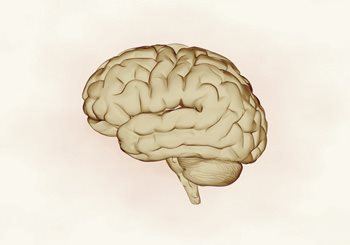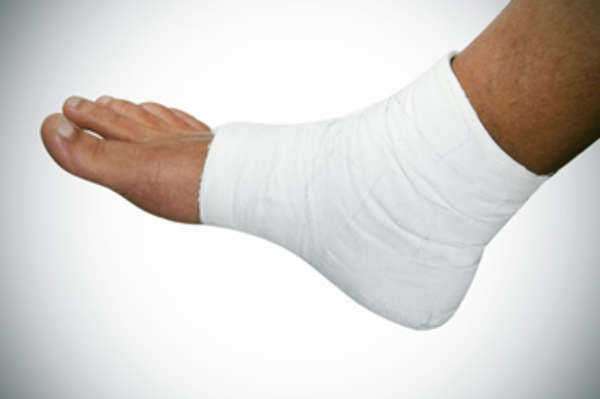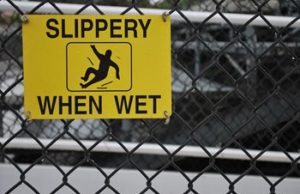
Introduction
Brain injuries are serious injuries that can occur due to a variety of causes, including accidents, falls, sports injuries, and violence. Brain injuries can affect cognitive, emotional, and physical functions and may have long-term consequences. In this article, we will provide you with an overview of brain injuries, including what they are, how they happen, and how they can be prevented.
What are Brain Injuries?
A brain injury is an injury to the brain that occurs due to an external force. Brain injuries can range from mild to severe and can have varying levels of impact on cognitive, emotional, and physical functions. Examples of brain injuries include:
– Concussions: a mild traumatic brain injury caused by a blow or jolt to the head or body that causes the brain to shake inside the skull.
– Contusions: a bruise on the brain caused by a direct blow to the head.
– Penetrating injuries: an object or debris entering the skull and damaging brain tissue.
– Diffuse axonal injuries: damage to nerve fibers in the brain as a result of rotational forces in a severe head injury.
How do Brain Injuries Happen?
Brain injuries can occur due to a variety of causes, including:
– Falls: falls are the leading cause of brain injuries, especially for children and older adults.
– Motor vehicle accidents: collisions involving cars, trucks, motorcycles, or bicycles can cause serious brain injuries.
– Sports injuries: contact sports such as football, hockey, and soccer can result in concussions and other brain injuries.
– Violence: physical assaults, gunshot wounds, and other violent acts can cause significant brain injuries.
Preventing Brain Injuries
Brain injuries can have a significant impact on an individual’s life, but many brain injuries can be prevented by taking steps such as:
– Wearing protective gear: helmets, seat belts, and other protective gear can help prevent brain injuries while engaging in high-risk activities.
– Removing hazards: ensuring that homes, workplaces, and public spaces are free of tripping and falling hazards can help prevent falls.
– Driving safely: following traffic laws and avoiding distracted driving can reduce the risk of car accidents.
– Seeking medical attention: treating head injuries as soon as possible can help minimize damage and prevent long-term consequences.
Conclusion
Brain injuries can have significant and long-lasting effects on individuals and their families. Understanding how brain injuries happen and taking steps to prevent them can help reduce the number of people affected. It is essential to seek medical attention if you or a loved one experiences a head injury, to ensure that any potential brain injury is diagnosed and treated as early as possible. By taking measures to prevent brain injuries, we can reduce their impact and ensure better outcomes for those affected.
A brain injury is damaged sustained by the brain, which can range from physical, neurological, or psychological in nature. However, in a legal spectrum, psychical – neurological -brain injury differs from traumatic, psychological brain injury or trauma.
Brain Injury: Severity and Classification
Brain injury is classified by a variety of details involving the injury itself, ranging from neurological damage (post-traumatic amnesia or PTA), duration of coma, and loss of consciousness.
1. Mild Brain Injury: Mild brain injury is classified as mild intracranial damage sustained by the brain. This type of brain injury involves little to no post traumatic amnesia, the absence of a coma, and little to no loss of consciousness. The sufferer of a mild brain injury will most often obey commands subsequent to the injury, open their eyes, and converse normally albeit slight confusion and disorientation.
2. Intermediate Brain Injury: Intermediate brain injury is classified as an injury to the brain that is higher in volume and severity than that of a mild brain injury. This type of brain injury most often results in a brief coma, post traumatic brain injury lasting for a few days, as well as the loss of consciousness lasting for up to one day. The sufferer of intermediate brain injury will oftentimes appear confused or disoriented. In the event that the sufferer cannot – or will not – open their eyes, they may respond to stimuli that induces pain.
3. Traumatic Brain Injury: Traumatic brain injury (TBI) is the most severe type of brain injury, which can result in prolonged coma, loss of consciousness, and post traumatic amnesia. Furthermore, long term effects, such as paralysis, loss of motor skills, and death can accompany traumatic brain injury. Upon suffering a traumatic brain injury, a sufferer may be rendered motionless; the sufferer may be unable to make sounds, movements, or breathe on their own. Traumatic brain injuries have been known to result in long-term, permanent hospitalization, rehabilitation programs, as well as assisted living.
Types of Brain Injuries
Concussion: a concussion is the result of a direct, powerful blow to the cranial region. A concussion can result in a loss of consciousness or a feeling of haziness and disorientation.
Contusion: like a concussion, a contusion is result of a direct, powerful blow to the head; however, a contusion results in internal bleeding and/or hemorrhaging within the cranial/neurological regions.
Coup contrecoup: This type of brain injury results from a direct blow to the head, which causes the brain to collide with one or both sides of the skull; oftentimes, a coup contrecoup brain injury sustained to the back of the head will cause the brain to collide with the front of the skull – these types of brain injuries can result in contusions and concussions.
Diffuse Axonal: Diffuse axonal brain injuries (DAI) are the result of rapid rattling or shaking of the brain, which causes damage to both the brain, as well as the brain stem; the most common types of diffuse axonal brain injury is known as Shaken Baby Syndrome or whiplash.
Brain Injury: Recourse
Brain injury can be caused by a multitude of circumstances; however, there exist a variety of attorneys that specialize in all types of brain injuries and brain injury lawsuits – these attorneys can assist individuals in obtaining medical records documenting the brain injury, as well as compiling details of the accident.
















